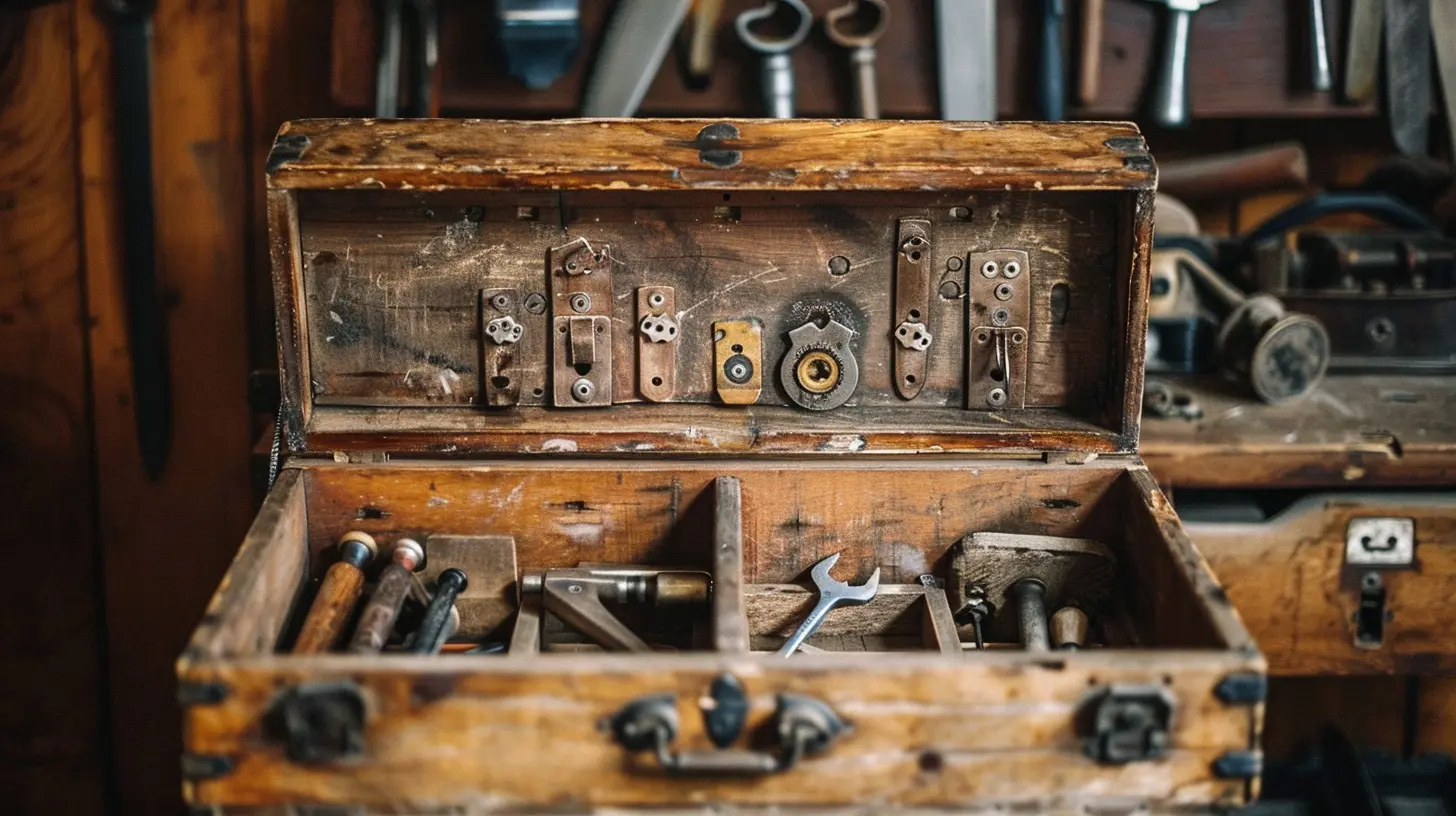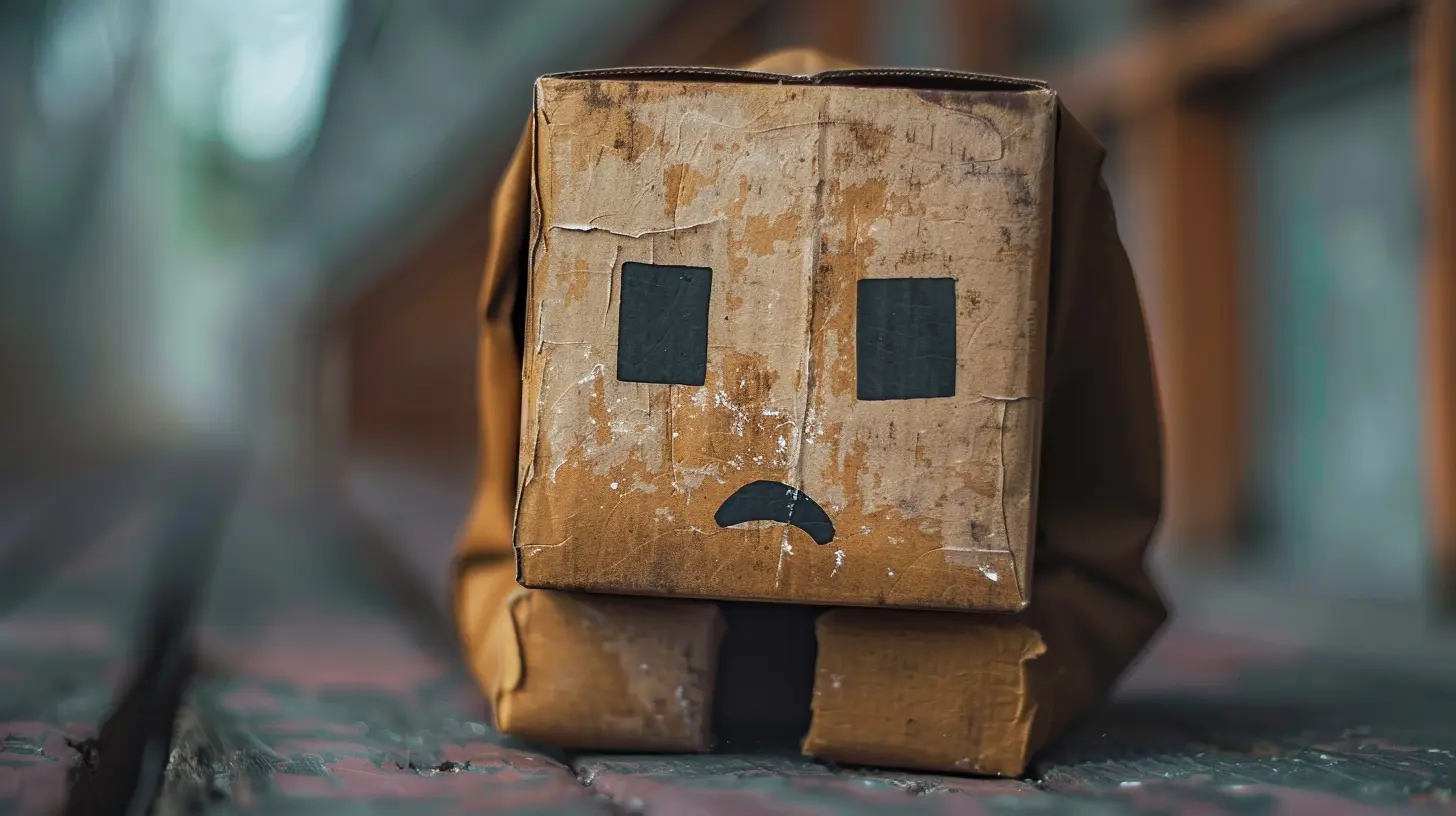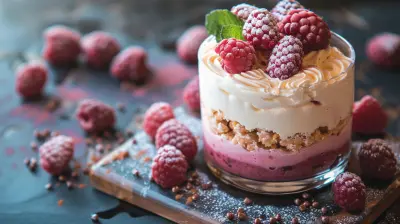How to Build an Emotional Toolbox for Stressful Times
6 August 2025
Stress is a sneaky little beast, isn’t it? One minute you’re sipping your morning coffee, and the next, you're knee-deep in deadlines, drama, and dizzying thoughts. Life throws curveballs. Sometimes, it pelts them like a major-league pitcher on a bad day. That’s where having an "emotional toolbox" comes in handy. Think of it like a personal toolkit—but for your mind and heart.
In this guide, we’ll break down what an emotional toolbox is, why you need one, and step-by-step how to build your very own to tackle those stressful times head-on.
What Is an Emotional Toolbox?
Let’s kick things off with the basics. Your emotional toolbox is a set of healthy coping mechanisms, strategies, and habits you can pull out when life gets tough. Kind of like a mental first-aid kit. Instead of Band-Aids and gauze, we’re talking about skills like deep breathing, journaling, calling a friend, or taking a power nap.It’s about being proactive rather than reactive. When emotions get overwhelming, this toolbox acts as your go-to resource. It’s personal, flexible, and absolutely essential in today’s high-stress world.
Why Do You Need an Emotional Toolbox?
Life isn’t always smooth sailing. Whether it’s job stress, family drama, or just the emotional wear and tear of everyday living, you need reliable ways to cope. Here’s why this toolbox matters:- Helps prevent emotional burnout
- Keeps you grounded in chaotic moments
- Encourages healthier responses to stress
- Builds emotional resilience over time
- Gives you control in uncontrollable situations
Imagine being emotionally prepared the way a firefighter is trained to fight fires. That’s what your toolbox can do for you.
Signs You’re In Need of Better Coping Tools
Before we fill your toolbox, let's talk about how to spot the stress signals. Sometimes, we don’t even realize we’re overwhelmed until it hits us like a wall of bricks.Be honest—have you noticed any of these?
- Snapping at people for no reason
- Trouble sleeping or constant fatigue
- Emotional eating or loss of appetite
- Zoning out or feeling disconnected
- Avoiding problems instead of facing them
These are all big flashing signs that your current coping strategies may not be cutting it. Time for an upgrade.
Step 1: Start With Self-Awareness
Before you can fix a problem, you need to understand it. Self-awareness is like turning on the lights in a messy room—you suddenly see what you’re working with.Ask yourself:
- What usually triggers my stress?
- How do I react under pressure?
- Do my current coping methods help or hurt?
- What would I like to change?
Jot your answers down. Don’t overthink it. This step is the foundation of your toolbox because it helps you personalize the tools you’ll be using.
Step 2: Identify Your Go-To Tools
Here’s where the fun begins. Let’s fill that emotional toolbox! The best part? You get to choose what goes in. Below are some of the most effective tools to manage stress:1. Breathing Techniques
Sounds simple, right? That’s because it is—and powerful, too. Deep breathing slows your heart rate, calms the mind, and brings you back to the present. Try box breathing: inhale for 4, hold for 4, exhale for 4, hold for 4. Repeat a few times.2. Journaling
Ever feel like your thoughts are doing the cha-cha in your head? Journaling helps. Just write. Dump your thoughts out like cleaning out a junk drawer. You’ll be surprised how much lighter you feel afterward.3. Physical Movement
Your body holds onto stress. Moving it helps release that tension. Whether it’s a jog, yoga, dancing in your kitchen, or just stretching—get moving. You don’t need a gym pass, just your body.4. Music Therapy
Music has magical vibes. Create a playlist for every mood—sad, angry, relaxed, inspired. Let those tunes carry you through the storm.5. Nature Time
This one’s underrated. Step outside, breathe in fresh air, feel the sun, touch a tree (yes, really). Nature grounds you. It’s the original stress relief.6. Talking It Out
Sometimes you just need to vent. Whether it's a friend, therapist, or your dog (no judgment), talking helps process your emotions. Don’t bottle things up—leak them safely.7. Mindfulness Practices
Meditation, body scans, or just sitting quietly with your thoughts—mindfulness builds emotional strength like lifting weights builds muscle.8. Creative Outlets
Got stress? Paint it. Sing it. Knit it. Build it. Creation helps you process emotions in ways words can’t.9. Humor and Laughing
Laughter is medicine. Seriously. Watch a funny video, call that one hilarious friend, or laugh at your own awkward moments. It works.Step 3: Try and Test Your Tools
Here’s the deal: Not every tool will work for every situation. That’s okay. The idea is to try different techniques and see which fit your personality and lifestyle. Think of it like dating—some tools you'll click with immediately, others not so much.Ask yourself after trying each one:
- Did this actually calm me down or make things worse?
- Could I see myself using this regularly?
- Was it simple enough to do when I’m really overwhelmed?
Be patient. Building this emotional toolbox is a process, not a one-day project.
Step 4: Organize Your Toolbox
Okay, you’ve gathered your tools. Now, let’s make sure you remember to use them—especially when you're in panic mode.Here’s how:
- Write them down. Maybe keep a list on your phone or in your planner.
- Color code by intensity. For mild stress vs full-on meltdown.
- Use prompts. Sticky notes that say, “Pause. Breathe. Journal.” Work wonders.
- Create kits. A calm-down playlist in Spotify. A “bad day” drawer with a journal, candle, and chocolate. You get the idea.
Make these tools easy to access. When stress hits, you won’t want to go digging.
Step 5: Revisit and Reboot Often
Your emotional needs change over time—and so should your toolbox. Maybe journaling was golden last year, but now it feels like a chore. That’s normal.Check in every few months and ask:
- Is this working?
- What new tool should I try?
- What’s missing from my current toolbox?
This isn’t a “set it and forget it” kind of deal. Your toolbox evolves with you.
Bonus: Emergency Tools for High-Stress Days
Some days are just… too much. You're overwhelmed, frazzled, and feel like giving up. For those moments, you need the heavy-duty stuff.Here are some rapid-response tools:
- 5-4-3-2-1 technique (name 5 things you see, 4 you can touch, etc.)
- Cold water splash (literally cools your nervous system)
- Call a support person ASAP
- Quick walk or shower to reset your energy
- Mantras like “This too shall pass” or “I can handle hard things”
Keep these in your emergency stash for those “I’m losing it” days.
Common Mistakes to Avoid
Let’s be real—everyone fumbles when learning to manage stress. But here are some traps to avoid:- Thinking one-size-fits-all. Your friend’s tool might not work for you—and that’s okay.
- Ignoring the signs. Don’t wait until you’re burned out to dig into your toolbox.
- Forcing a tool. If something feels unnatural, skip it. This isn’t homework.
- Overstuffing the box. Keep it simple. You don’t need 100 tools—just a few good ones that work.
Final Thoughts: You’re the Builder Here
Remember, YOU are the one who holds the hammer (or in this case, the journaling pen, yoga mat, or breathing technique). Building an emotional toolbox isn’t about perfection—it’s about preparation. You’re giving yourself the gift of resilience. The ability to navigate stress with more grace, confidence, and clarity.Start small. Pick one tool today. Try it out. Then another next week. Before you know it, you’ll have your own personalized collection of go-to strategies for any storm life throws your way.
Because let’s face it—stress isn’t going anywhere. But now, you’ll be ready for it.
all images in this post were generated using AI tools
Category:
Emotional WellnessAuthor:

Eileen Wood
Discussion
rate this article
1 comments
Vanta Stone
You're not alone; keep going.
August 29, 2025 at 2:44 AM

Eileen Wood
Thank you! Your support means a lot. Together, we can navigate these tough times.


